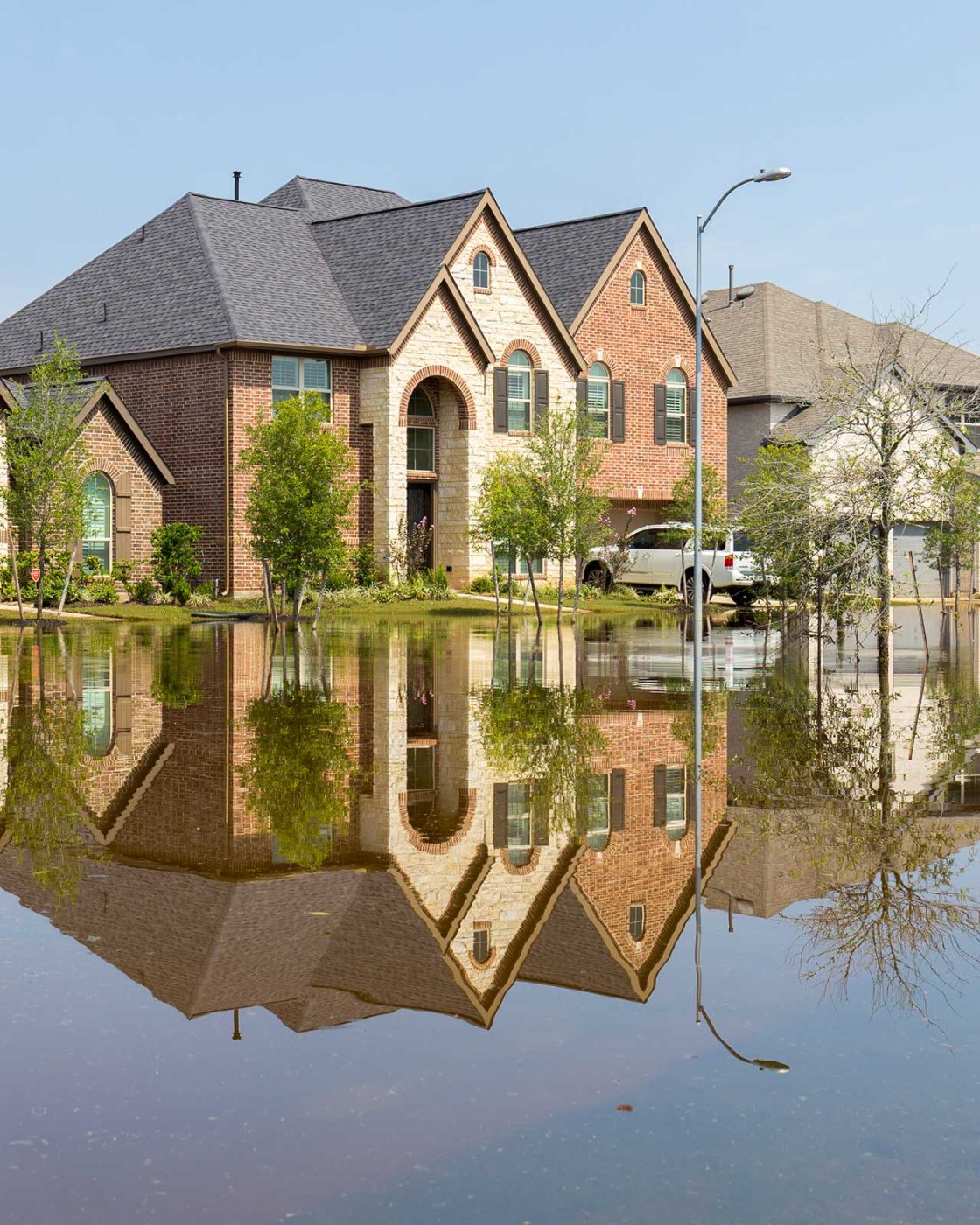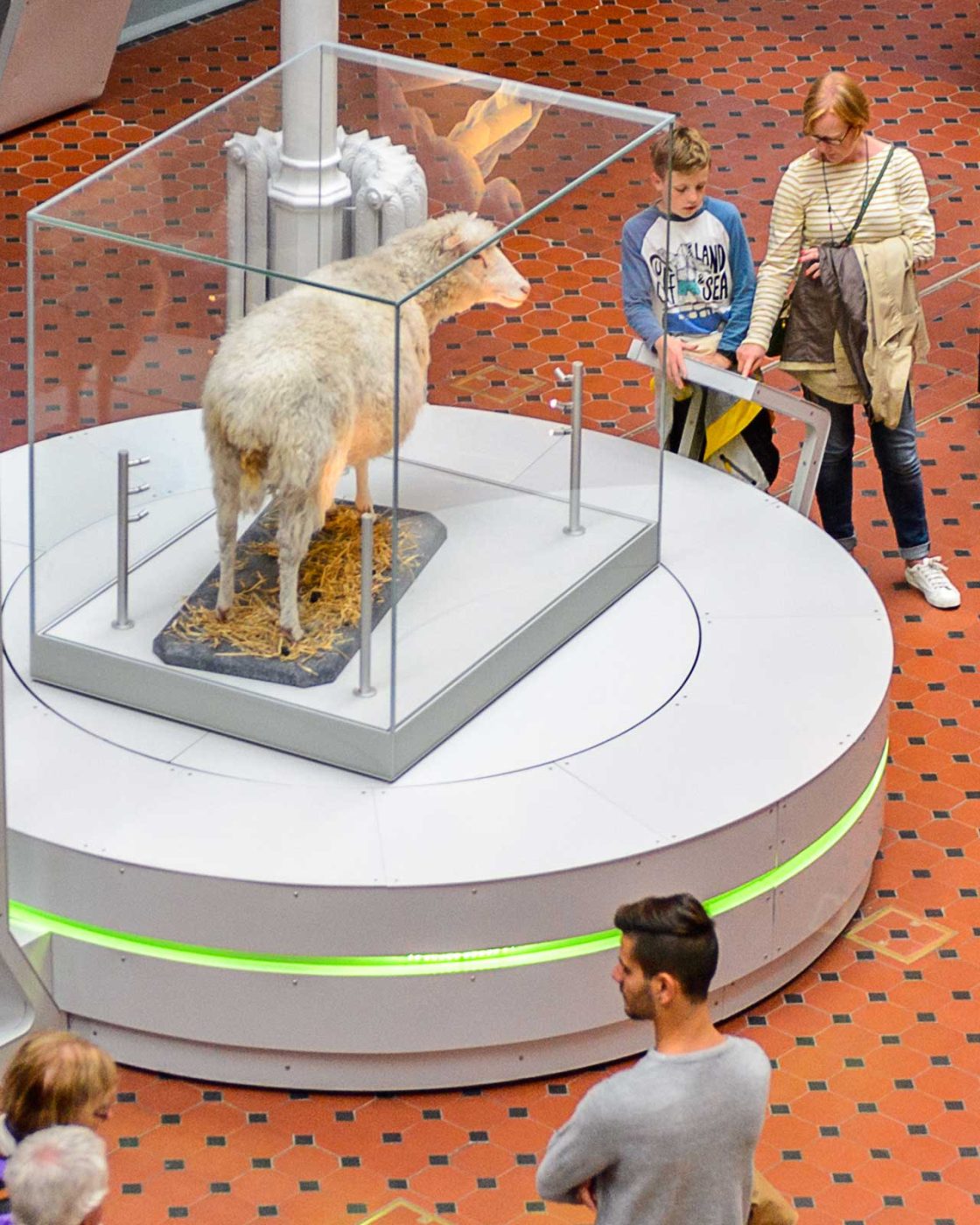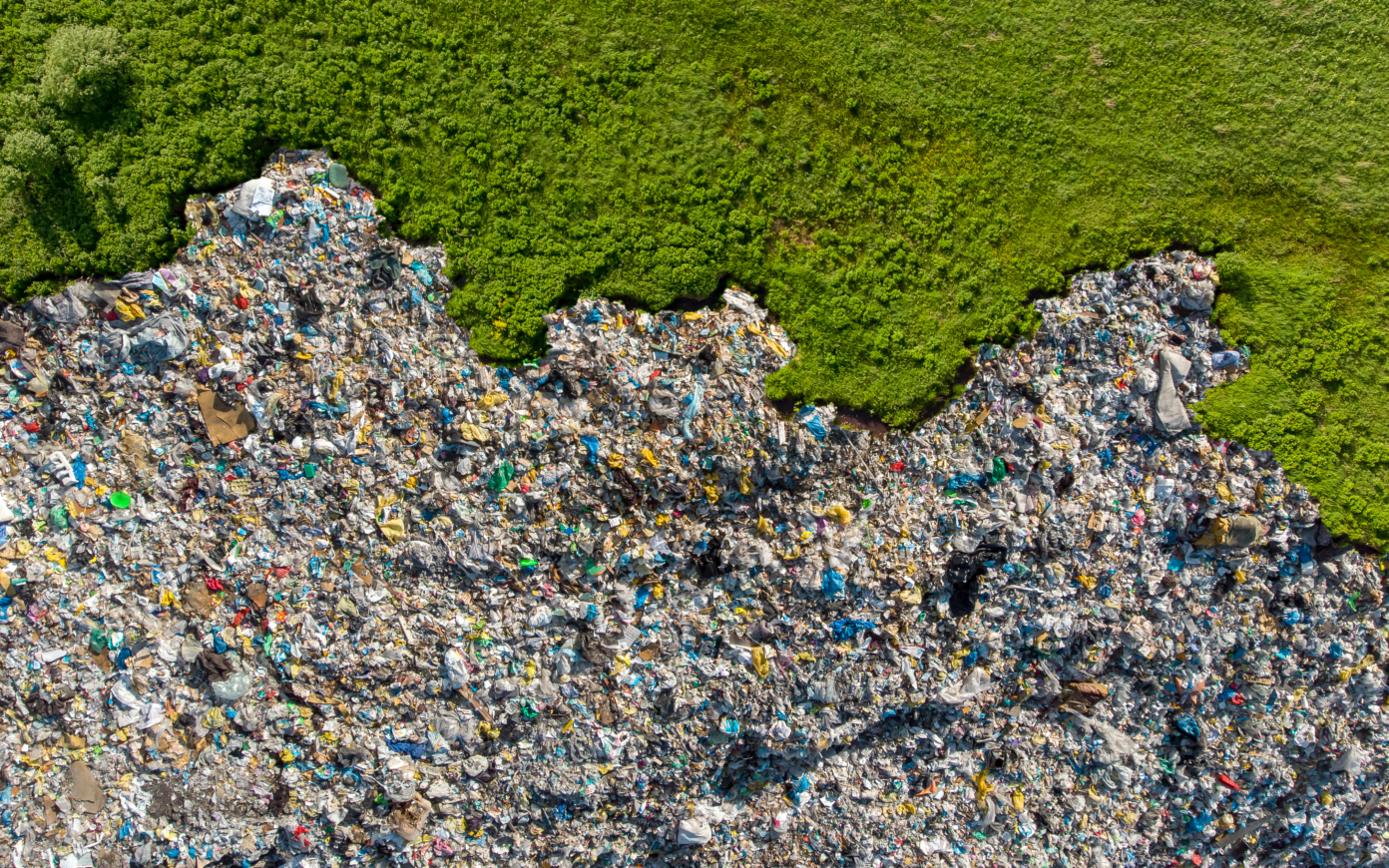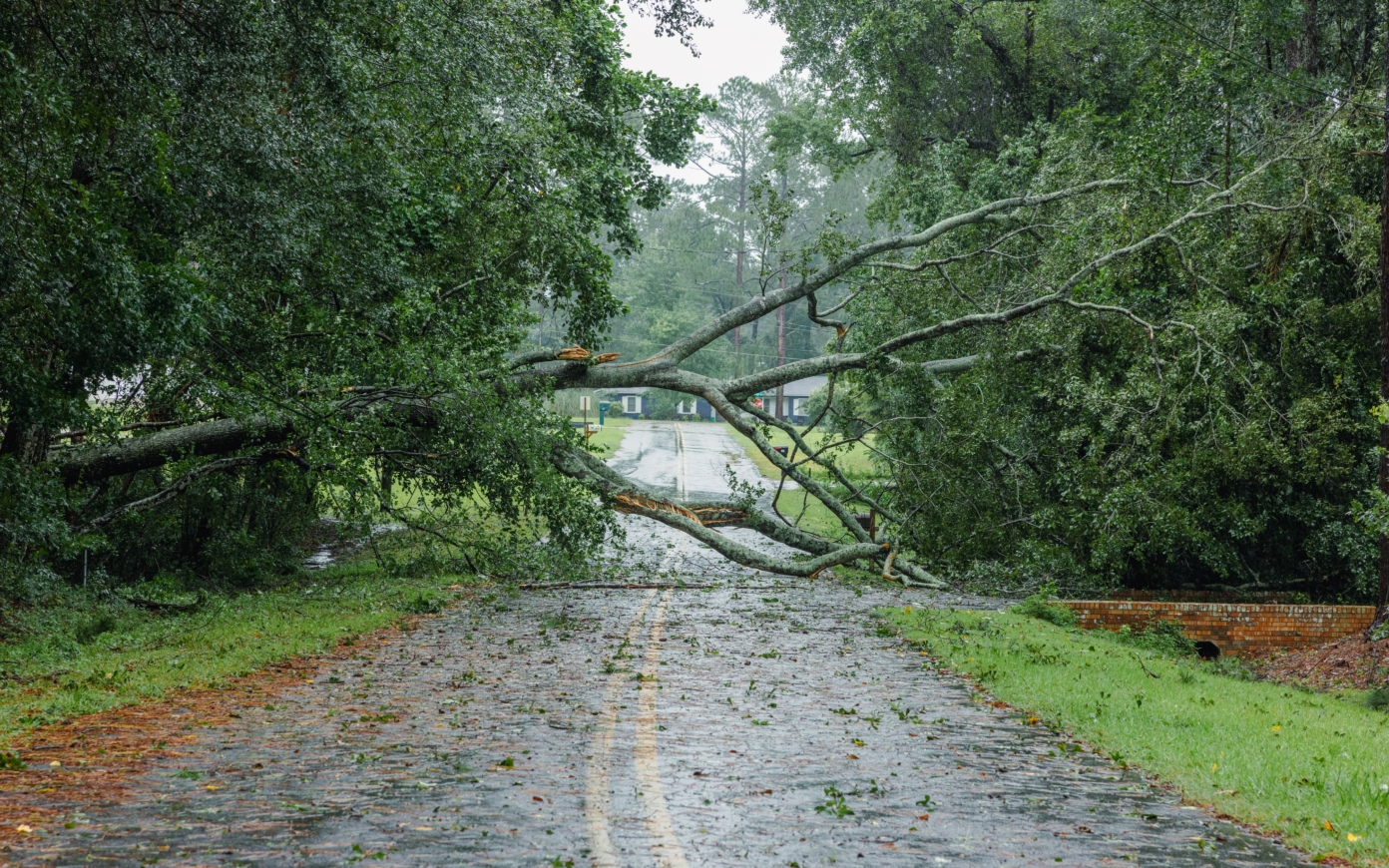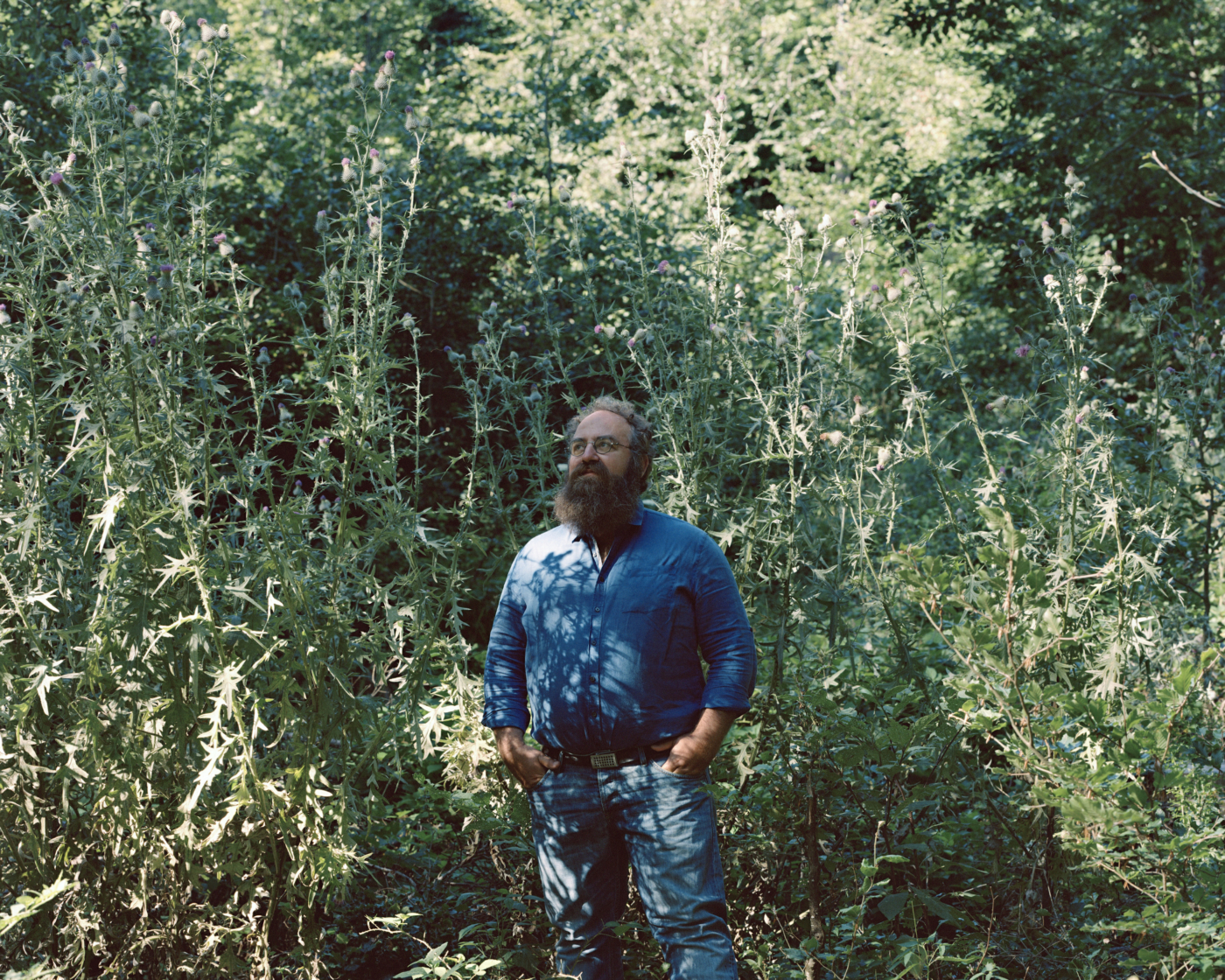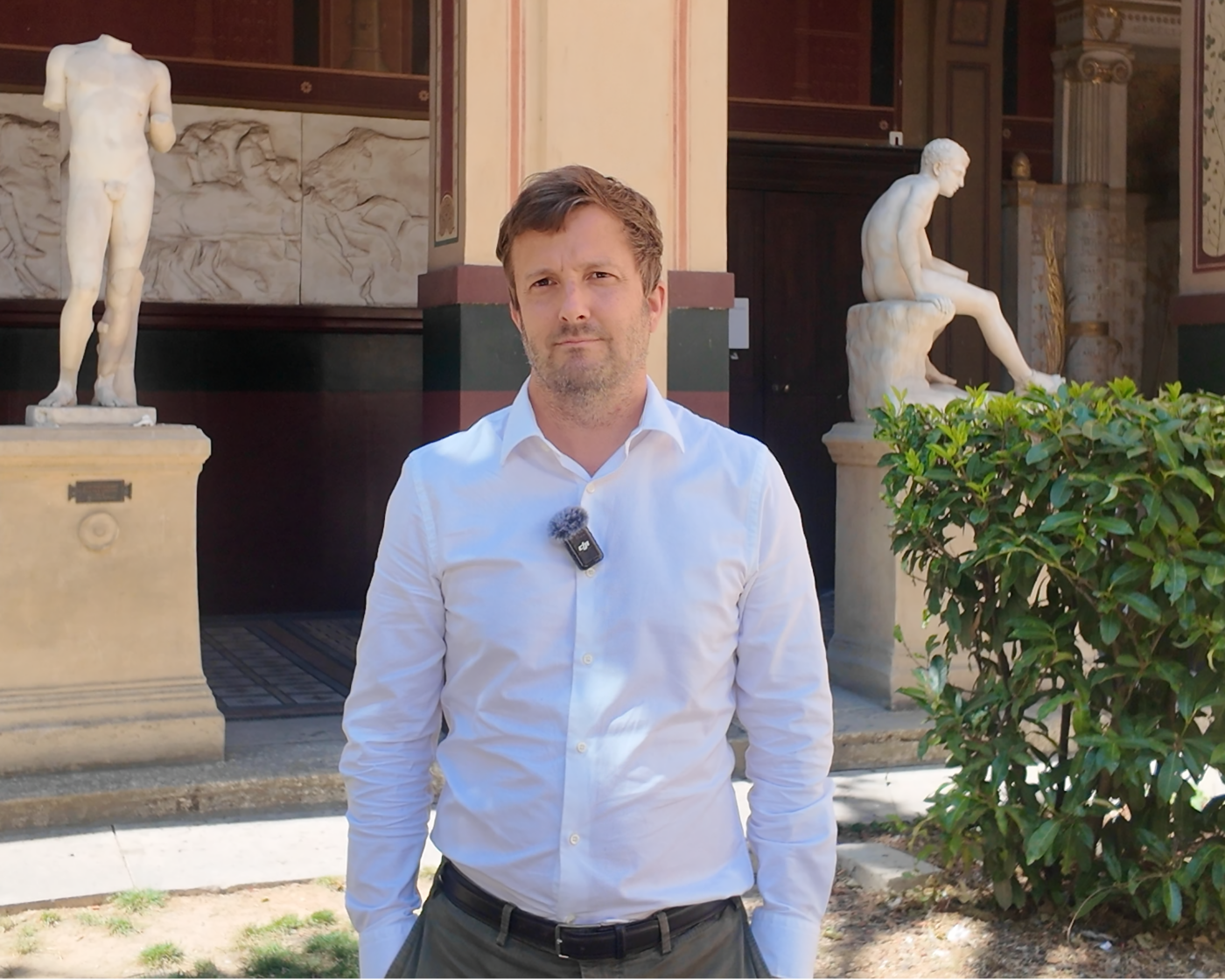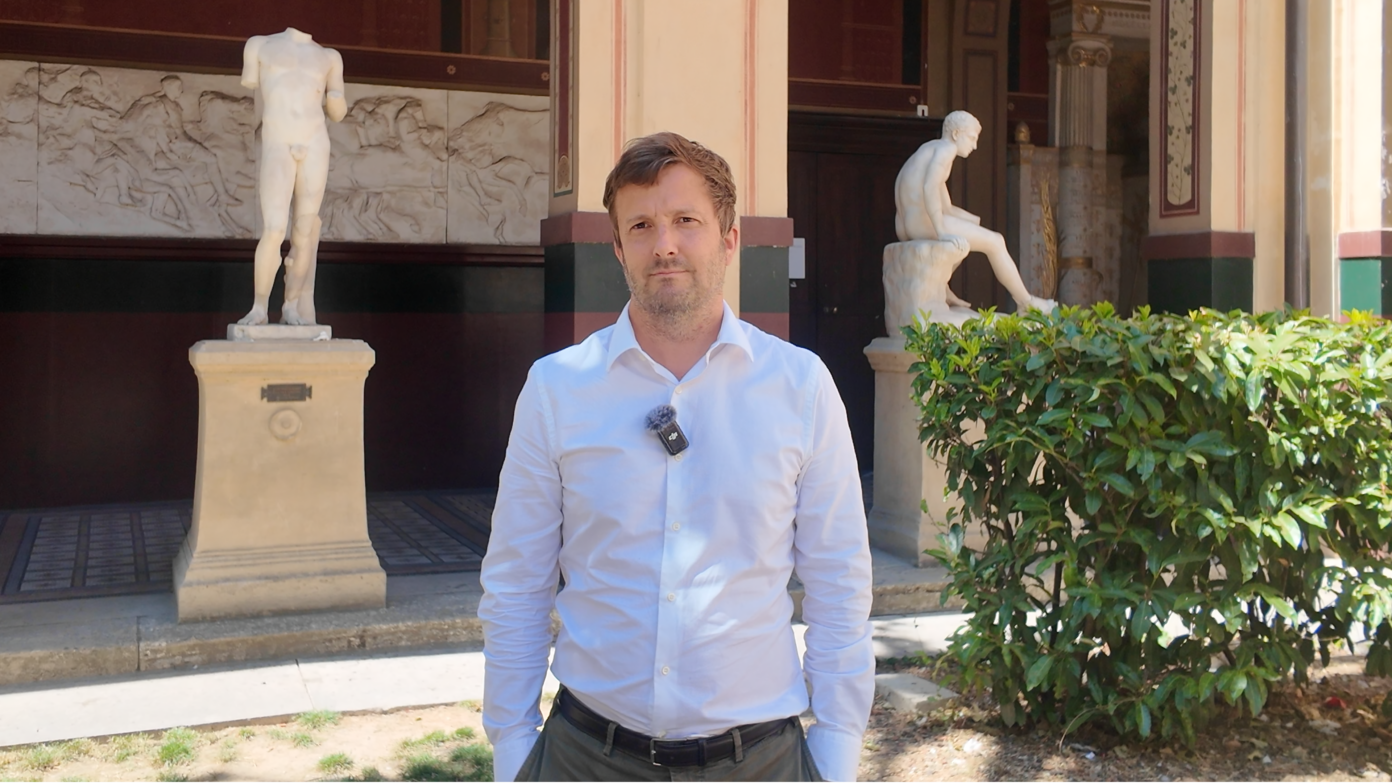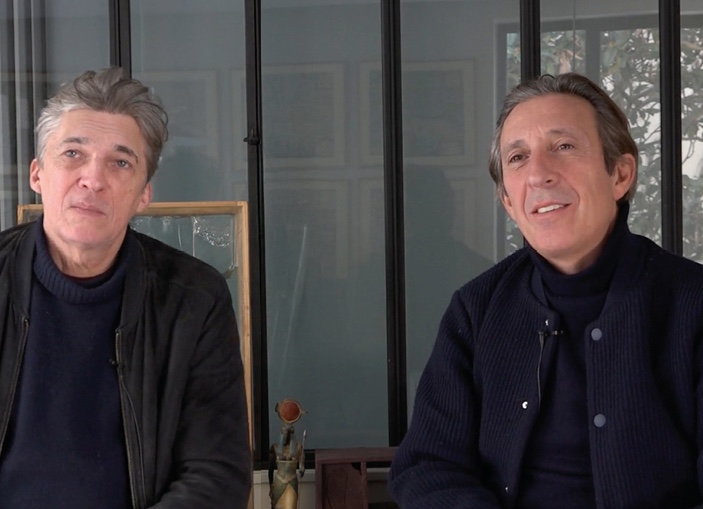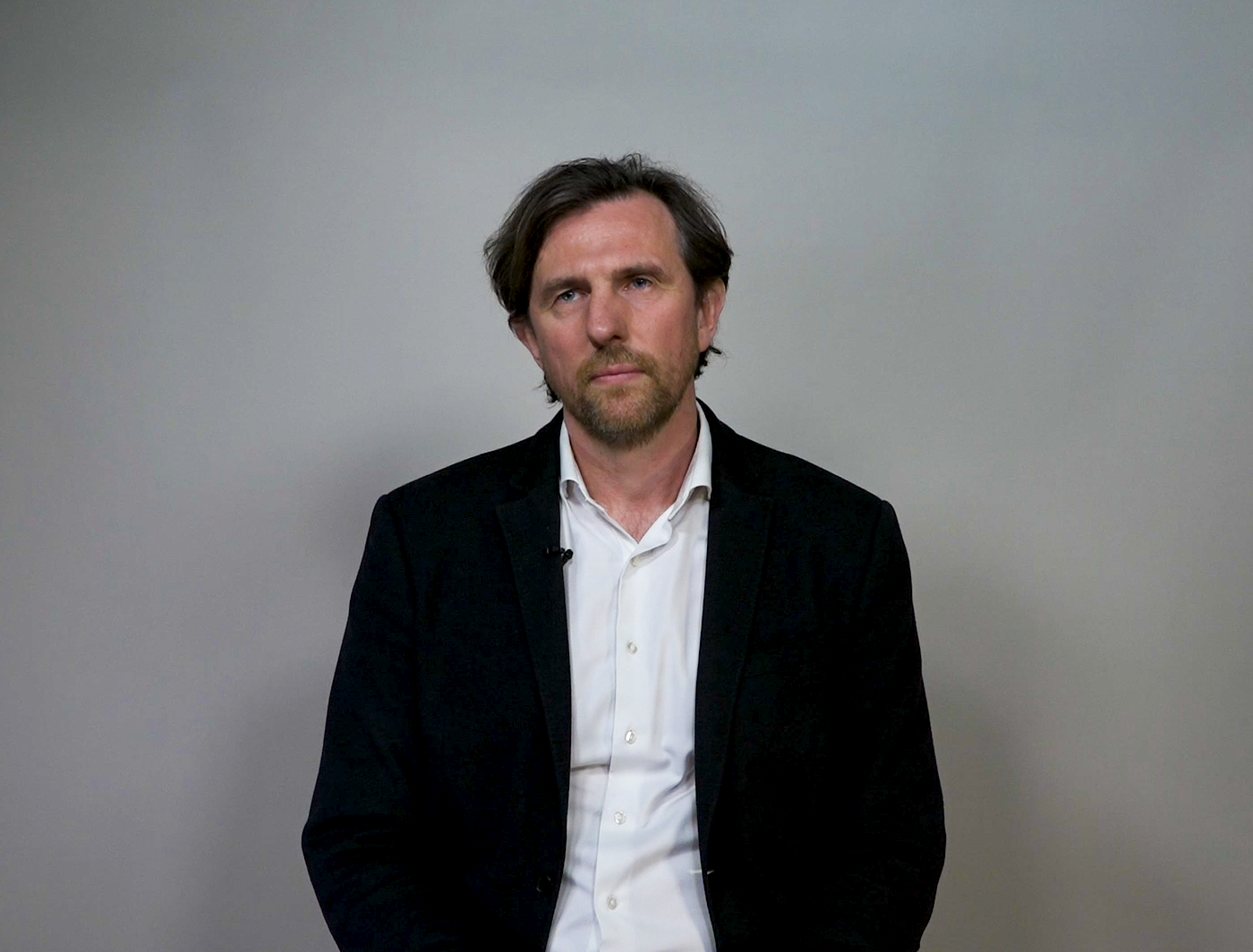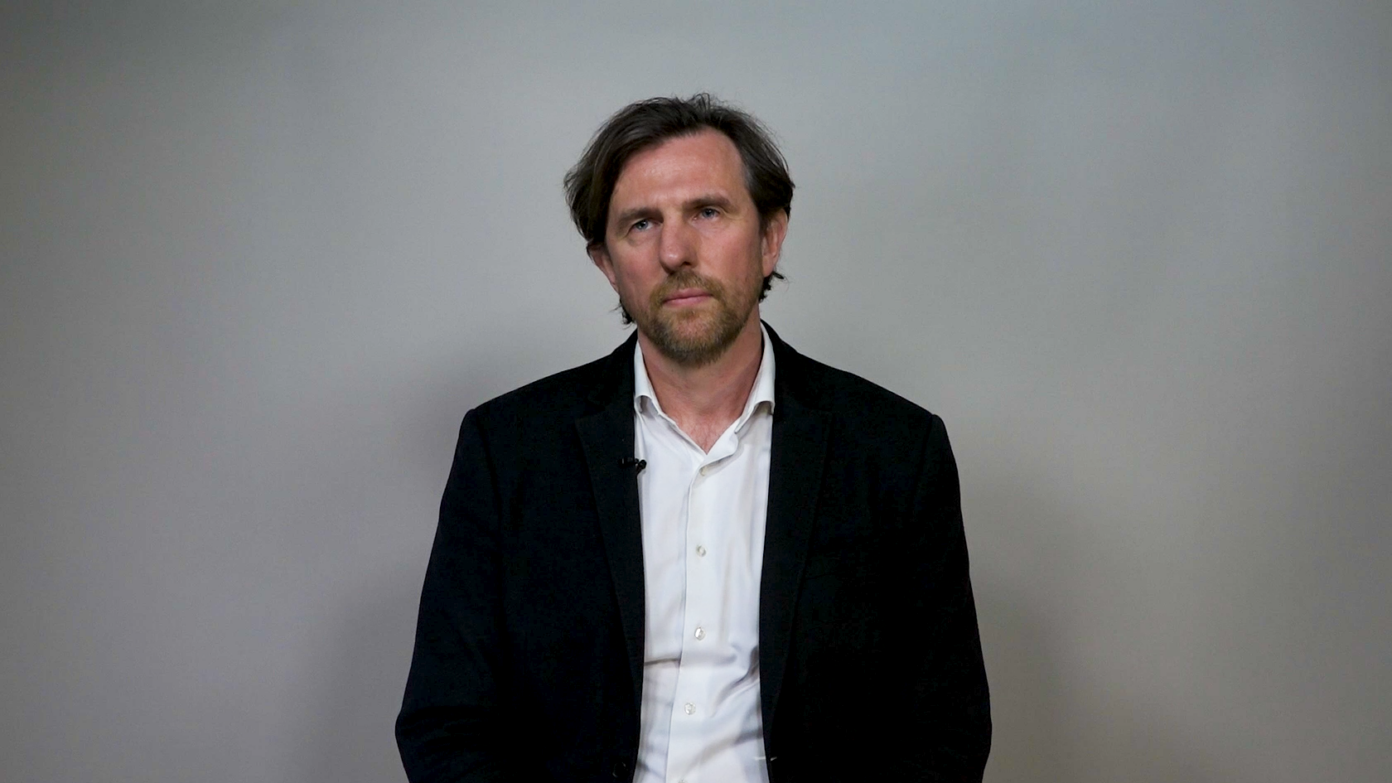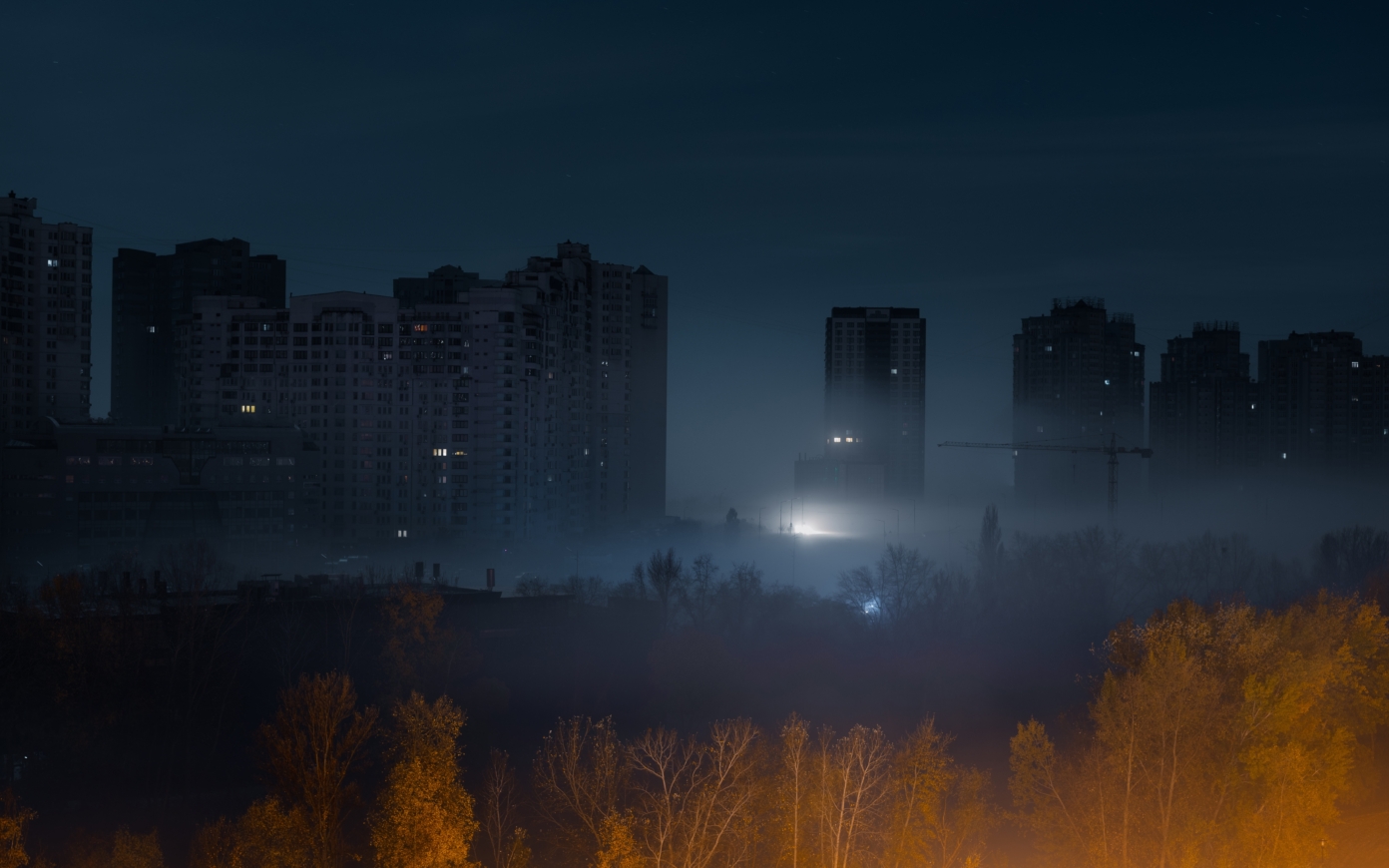In contrast, there is a catastrophist version, which also takes stock of human power but is alarmed by it: the Anthropocene is the epoch that proceeds from modernity (progress, the mastery of nature) at the very moment when it leads to its destruction. The power that humankind has imposed turns against its bearer. We are entering a period of collapse punctuated with sudden catastrophic disruptions. Rather than opting for one of these two extremes of fascination for human power, we need to examine the diversity of lifestyles, and not necessarily catastrophist ones, that could enable us to live in the Anthropocene, in these times that bear the scars of human action and in which hybrids of humans and nature proliferate.
RL: Regarding the dating of the beginning of the Anthropocene epoch, there are several theories. In the most common one, it begins during the Industrial Revolution, with the outset of the massive release of carbon from fossil fuels into the atmosphere. In an alternative theory, it dates back to the emergence of agriculture, implying that the Holocene has never existed given that it starts roughly at the same period in time. Yet another theory ascribes its origin to the discovery of the Americas by Christopher Columbus and the arrival of Europeans on the continent, followed by the spread of epidemics and the massacre of Native Americans. Ninety percent of the indigenous population died, which had a profound impact on the way Native Americans used fire to maintain the open grasslands of the North as grazing lands for buffaloes. In South and Central America, slash-and-burn agriculture was widely abandoned. The lack of maintenance caused these areas to revert back to the wilderness and forests started replacing them, strongly increasing the amount of carbon-capturing trees. Ice cores indeed reveal a substantial drop in the carbon levels in the atmosphere in that period, which also corresponds to the onset of a minor ice age given that carbon dioxide is a greenhouse gas. Even at this stage, human action therefore had a noticeable impact on the climate. This is a very controversial hypothesis given that many commentators define the Anthropocene as an epoch that is marked by a non-reversible modification of the Earth system. However, in this particular case, though human presence is noticeable, the phenomenon was completely reversible as far as the climate was concerned. Settlers restored the composition of the atmosphere and the climate simply by clearing the forests. Biodiversity was impacted on a much more lasting basis: there was a widespread transfer of natural species between the Old World and the New World, causing an intermixing of plants, animals, and pathogens, recreating PangeaThe single supercontinent that broke up during the Triassic period, two hundred and fifty million years ago. in a sense.
Is this narrative the symptom of a new identity crisis due to the repositioning of humankind within nature and our paradoxical situation both as a victim and a tormentor?
CL: Therein lies the great ambiguity of the Anthropocene. It is common to assert that the development of science has deflated the naïve self-love of humans, notably through three major narcissistic injuries inflicted by three great historical blows on human self-importance: with the discoveries of Copernicus and Newton, our Earth is no longer at the center of the universe and the solar system is but one system among many others; with Darwin, man is no longer created in the image of God but rather has co-evolved along the rest of the living world; with Freud, man is no longer a master of itself, like a sailor in a ship, as Descartes puts it, because he has no grasp on his unconscious mind.
RL: According to Dominique Lestel, there may even be a fourth narcissistic injury, placing the Anthropocene in fifth position. This injury is linked to a female chimpanzee being taught sign language, thus expunging language from the characteristics that are deemed unique to humans.
CL: The latest injury would thus have to do with the growing awareness of our negative impact on our own milieu, and, thus also of our own endangerment. The strong equivocity of the Anthropocene lies in the fact that, unlike the first narcissistic injuries, which were caused by discoveries that demoted humans from being at the center of things, this one puts humankind back at center stage. The Anthropocene sounds more like science-fiction than science to the extent that the scientific grounding is meager; as a narrative, it is akin to science-fiction given that it invites us to project ourselves into a given future, while making our present a past that we can now judge.
RL: One of the characteristics of catastrophism, in its optimistic version, is stating that we must keep the future well in mind, however dreadful, in order to invent ways of living and surviving after disaster strikes.

